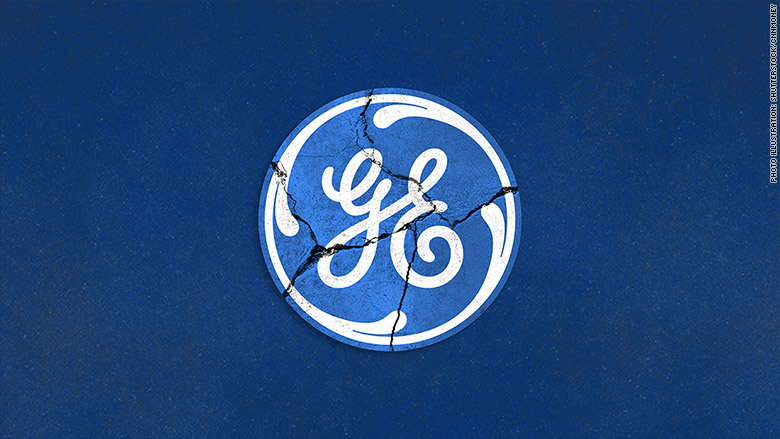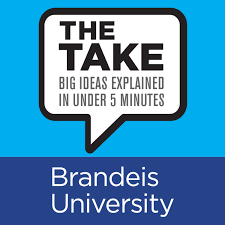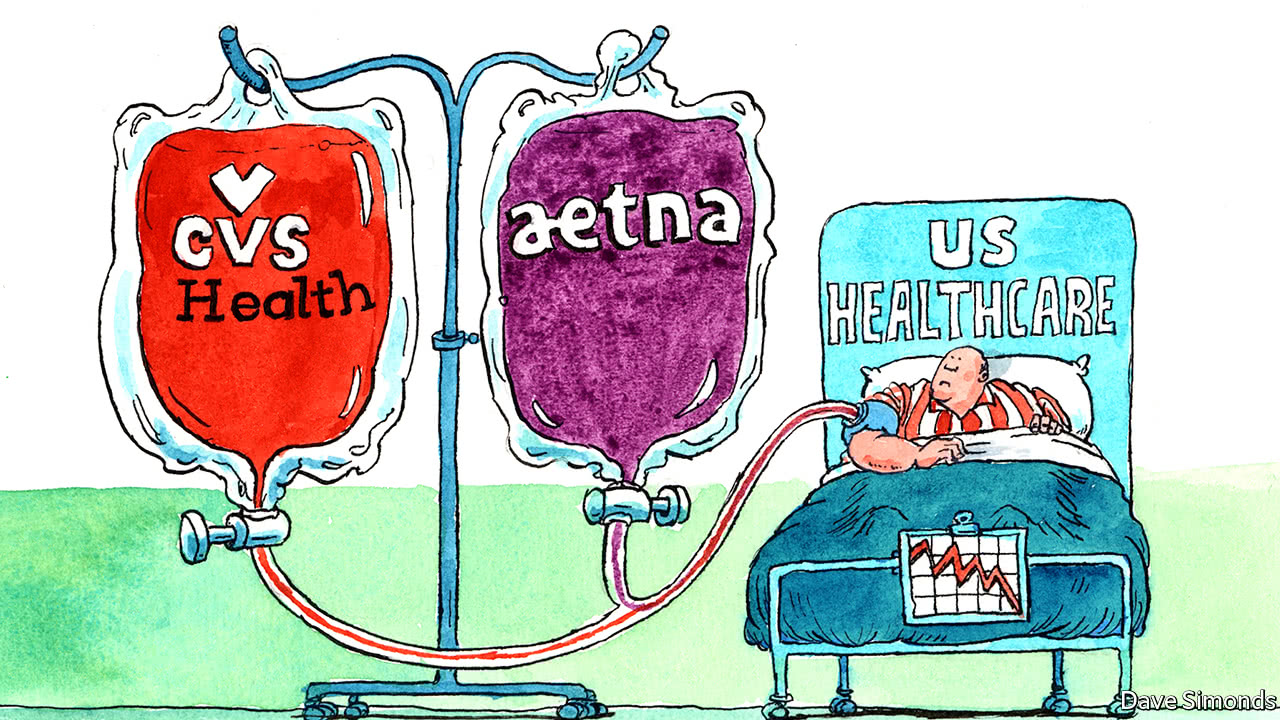By Ben Gomes-Casseres | Originally in HARVARD BUSINESS REVIEW |
This blog has gotten a lot of attention. The Wall Street Journal wrote (“What Your CEO Is Reading,” July 6, 2018):
Not the usual suspects? Playing corporate detective, Harvard Business Review’s Benjamin Gomes-Casseres rounds up a list of likely culprits in the death of General Electric Co.’s business model, which, he says, dates back to the 1970s and was aimed at creating value by sharing “capabilities among its many disparate businesses.” With current CEO John Flannery selling off GE’s non-core divisions, effectively killing the model, Mr. Gomes-Casseres says its demise was hastened by the rise of industrial production in China, the global expansion of Silicon Valley tech, and ramped up capital flows from private equity, among other perps. He warns any “mini-GE” conglomerates, in emerging markets and elsewhere, that have copied the model to learn from its death “as they did in life,” he writes.
Who killed GE?
Of course, GE is not dead, and it may well revive and flourish as a company. After all, IBM came back from the dead in the 1990s. But the GE model is dead — and there’s a long list of possible suspects.
The GE conglomerate combined a wide range of industrial businesses under one roof. Unlike a pure holding company or a modern hedge fund, the GE model intended to create value by actively sharing capabilities among its disparate businesses, which, with one important exception, were all rooted in manufacturing.
The GE model dates back at least to the reign of Reginald Jones as CEO in the 1970s. He introduced a strategic planning process directed from the center. The model was honed by Jack Welch in the 1980s and 1990s, with new portfolio restructuring strategies and a headlong expansion into finance. Jeff Immelt tried to keep this model alive in the face of new threats in the 2000s. Now John Flannery is putting it to rest by selling off all but a core of relatively closely related businesses.
Corporate strategists have long debated how value could be created in the GE model, and others like it. Simplifying a bit, the chief explanations were these: First, that GE benefited from scale and dominant market positions in industrial businesses. Second, that GE had a technology advantage in complex industries, and that its technologies could be shared across its businesses. Third, that GE’s large portfolio gave it preferential access to funds and allowed it to allocate capital internally better than if the businesses stood alone. Fourth, some argued that GE’s advantage lay in its system of professional management, epitomized by its investments in executive education and management development.
Depending on your theory of what made the model work, you may suspect different killers. Here are my top suspects:
China and other countries following the Chinese strategy. In that strategy, the country uses state enterprises, industrial policy, and the power of its domestic market to dramatically increase the country’s industrial production. Although China is the most important example of this strategy today, the idea is not new. It was developed by Japan and South Korea in the 1980s and is used widely by emerging markets from Brazil to India.
These strategies eroded GE’s competitive advantage in everything from consumer electronics and home appliances to trains and aircraft engines. The diffusion of manufacturing technology through global trade, investment, and education has hurt the company, too. GE had been able to maintain some of these businesses with joint ventures in the emerging markets, but the industrial conglomerate was wounded at its core.
Silicon Valley and the rise of information technology. Even if GE advertising once signaled a transition to software, it has played catch up in all the new software- and network-based industries. Even in health-care, where GE has a hardware position and was an early entry in electronic records software, it has been losing to more focused software companies, such as Epic.
In these information industries, scale and scope are still important — but often they are driven by network effects external to the company, not by manufacturing scale. And the conglomerate model is not dead in Silicon Valley, as Google’s Alphabet shows. But this game ran away from GE, which was never a real player in it.
Private equity and the new capital markets. Conglomerates thrive in capital markets that are opaque and where capital doesn’t flow easily from worse to better investments. That is one reason why conglomerates are still popular in emerging economies, but have declined in countries with more efficient capital markets.
The rise of private equity, activist investors, and demands for greater disclosure have challenged GE to prove that it is worth more than the sum of its parts. It has mostly failed to meet this challenge; even in its new configuration, investors seem not to be convinced that the pieces add value to each other. The new demand for transparency has been particularly damaging to GE because of its former reliance on opaque accounting practices. In addition, the abundance of capital in the last decade has meant that the scale of a GE was no longer an advantage in raising capital, if it ever was.
Business schools. GE, and Jack Welch in particular, were heroes of business schools. But the role of business schools in the demise of the GE model cuts both ways. If you think business schools today teach the wrong things, then you might blame GE’s professional management system itself for leading the company astray. On the other hand, if you think that business schools generally teach the right things, then that, too, can be seen as a cause of GE’s demise.
The GE model claimed that it created value by sharing good management practices among its businesses and adopting “best practices” from others. If business schools in fact now teach these practices all over the world, then this rationale for the GE model no longer makes sense.
The Great Recession. There is no doubt that the financial market meltdown killed GE Capital’s business, just at the point that it had come to dominate the GE portfolio. No wonder that it was the first major business to be divested in the dissolution of the GE model. The Great Recession and shale oil revolution also weakened the oil and gas businesses that Jeff Immelt had invested in, to the chagrin of observers who had rooted for GE to go green.
But the Great Recession was only the final blow to a model that had been crippled by larger and more sustained forces. The GE model died because of global competition, the technology revolution, investor power, and the spread of professional management.
Since GE was such a model, there are still mini-GE conglomerates everywhere. Some big ones, like Tyco, were dissolved early. But others remain, including in emerging markets. These conglomerates would do well to learn from the death of the GE model, as they did in life.










